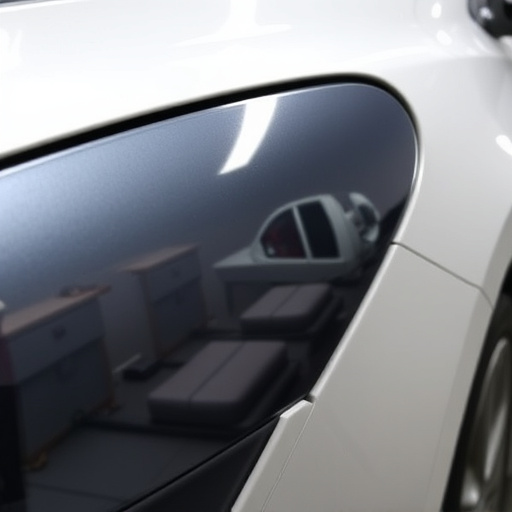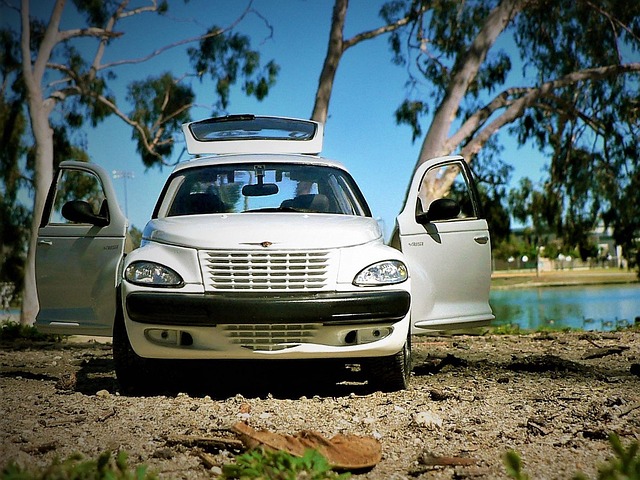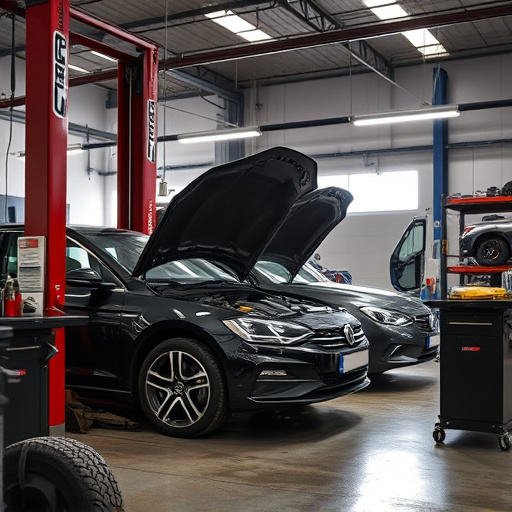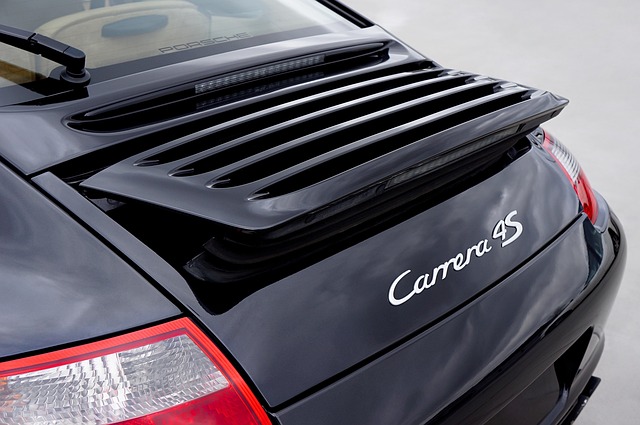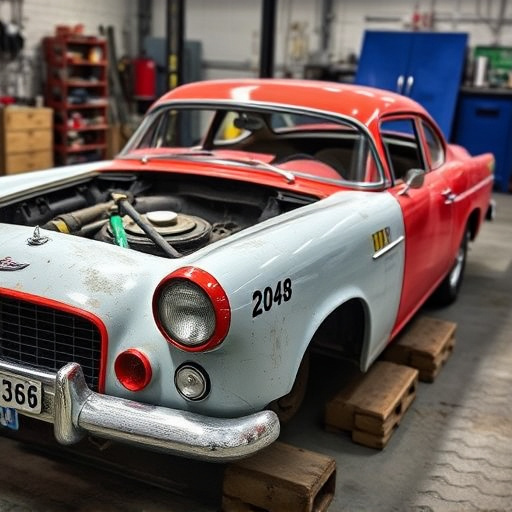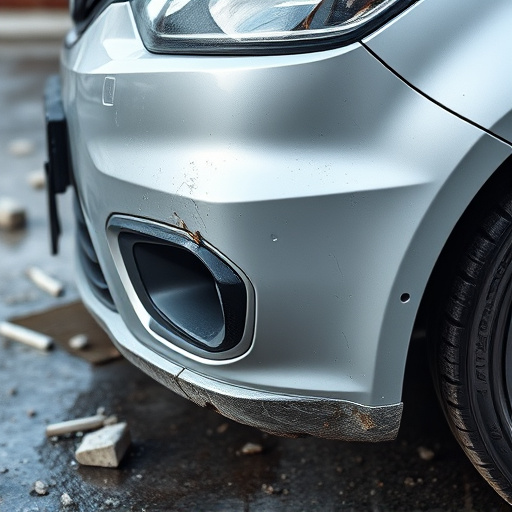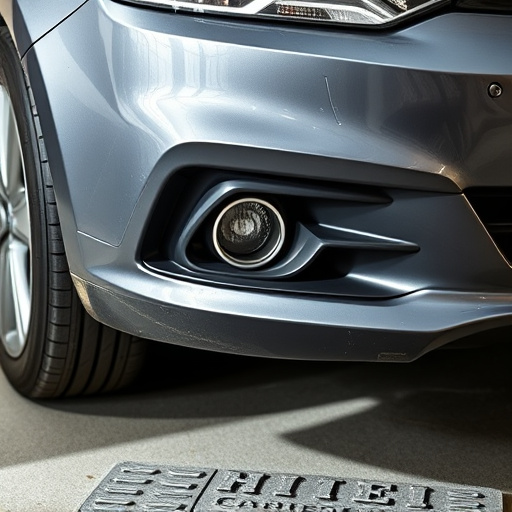Ultrasonic dent detection revolutionizes auto restoration by using high-frequency sound waves to uncover hidden dents beneath car surfaces, providing precise digital images and enhancing repair accuracy, especially for delicate paintwork and complex panel shapes. This non-invasive method surpasses visual inspections, ensuring superior restoration quality and customer satisfaction in both minor scuffs and major impact repairs.
Uncover the power of ultrasonic dent detection, a revolutionary approach in dental technology. This comprehensive guide explores the fundamentals, delving into the science behind it and its potential to transform oral healthcare. From common techniques like echo imaging to advanced methods enhancing precision, we demystify this technology. Learn how ultrasonic dent detection is not just a tool but a game-changer, offering accurate caries diagnosis and improved treatment outcomes.
- Understanding Ultrasonic Dent Detection Basics
- Common Techniques and Their Applications
- Advanced Methods for Improved Precision
Understanding Ultrasonic Dent Detection Basics

Ultrasonic dent detection is a cutting-edge technology revolutionizing the automotive industry’s restoration process. This non-destructive method uses high-frequency sound waves to identify and locate dents or damage on vehicle surfaces, such as car bodies. By transmitting ultrasonic pulses, the technique creates detailed images of hidden imperfections, enabling precise measurements and analysis. It’s an invaluable tool for auto repair services, especially when dealing with delicate paintwork and complex panel shapes.
The process involves specialized equipment that emits ultrasound waves, which bounce off the metal or painted surface and return to the sensor. These echoes are then converted into digital signals, forming an image of the dented area. This technology offers a more accurate assessment compared to visual inspections alone, especially for hail damage repair, as it can reveal hard-to-spot dents or disfigurations. With its precision and efficiency, ultrasonic dent detection is becoming a standard practice in auto body repair, ensuring better restoration outcomes and customer satisfaction.
Common Techniques and Their Applications

Ultrasonic dent detection techniques have revolutionized car dent repair and classic car restoration processes. Among the common methods are ultrasonic wave inspections and impact-based sensors, which employ advanced technology to identify even microscopic dents and dings on vehicle surfaces. These non-destructive techniques allow for precise damage assessment without causing further harm to the car’s finish or structure.
In a car repair shop setting, these tools prove invaluable for both minor scuffs and major impacts, ensuring that repairs are both effective and efficient. Ultrasonic dent detection offers greater accuracy compared to traditional visual inspection, enabling technicians to restore classic cars to their original, pristine condition with meticulous care. Its application extends beyond mere aesthetics; it’s a game-changer in ensuring structural integrity, especially for older vehicles whose metalwork may be more prone to damage.
Advanced Methods for Improved Precision
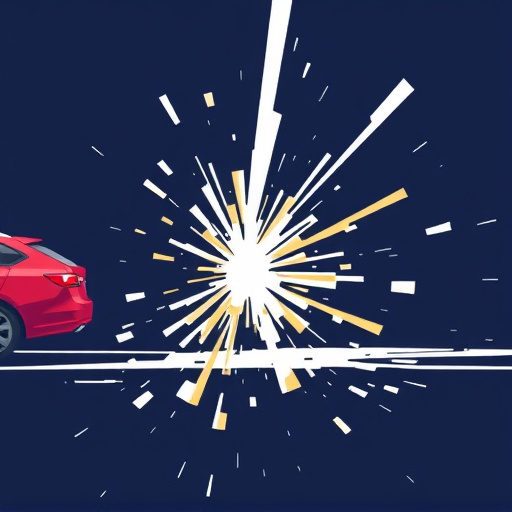
The evolution of ultrasonic dent detection techniques has revolutionized the field of vehicle collision repair, specifically within the realm of paintless dent repair (PDR). Advanced methods employ sophisticated sensors and high-frequency sound waves to pinpoint and precisely measure dents, ensuring accurate damage assessment. This technology goes beyond traditional visual inspections, offering a non-invasive approach that minimizes repainting and restoration time.
By integrating these innovative techniques, collision centers can achieve unparalleled precision in dent removal. Ultrasonic scanners provide detailed 3D models of the vehicle’s panel, allowing technicians to identify hidden dents or damage not visible to the naked eye. This level of detail facilitates more effective repairs, reducing the need for extensive body work and expediting the overall restoration process for a smoother customer experience.
Ultrasonic dent detection has revolutionized dental diagnostics, offering non-invasive and highly precise methods. By understanding the basics, exploring common techniques like ultrasound imaging and sonic probing, and embracing advanced approaches such as high-frequency ultrasonics and digital signal processing, dentists can now detect even subtle dental issues early on. This comprehensive guide highlights the versatility of ultrasonic dent detection, ensuring professionals stay at the forefront of modern dental care.
